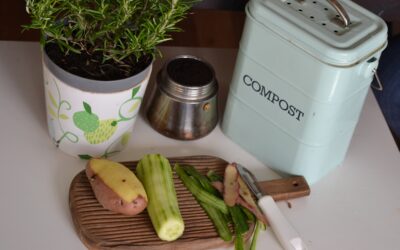If you have read the Hunger Games or any book about the wild, you likely know about the concept of foraging. It’s the act of gathering food from the wild and is one of the most important survival techniques you could teach your children.
We no longer live in the wild. If we want resources now, all we have to do is travel to the supermarket. If you plan on taking your children camping or just for their own benefit, you may want to teach them about the edibles nature offers.
What is Foraging?
Foraging is a way to look at nature for its resources. It may involve the collection of several different kinds of food items.
The major items that people forage for include herbs, vegetables, fruits, berries, and mushrooms. Foraging is whatever you want to make of it.
This means you can use it to connect your children with nature and inform them about healthy living that doesn’t involve commercial consumption. Many parents engage in foraging to inform their children about environmental awareness and how food sustains us.
5 Edibles You Can Forage
Now that we know more about foraging, here are some of the most common foraging edibles you should tell your children about.
1. Berries
These are simple to pick and easy to spot. Most foragers include some berries in their diet because they are chock full of antioxidants and vitamins that are enough to keep people healthy. Some more common berries include strawberries, raspberries, blueberries, and elderberries.
2. Wild Greens
These greens are also a staple in the forager’s diet. You can find them in several varieties all over the forest floor.
Please find a way to help your children identify these wild greens so that they know which herbs are nutritious for them and which are dietary fiber. Dandelion greens and chickweed are some of the most common wild greens you can forage.
3. Fruits
You can also forage fruits, which are generally much easier to spot. You may find fruits in trees or orchards. Fruits have juice and glucose, which can keep your energy up while camping. Examples include plums, apples, and pears.
4. Mushrooms
People are skeptical about whether you should forage mushrooms with your kids, mainly because some mushrooms can be harmful or even fatal to your health. However, like with any forager’s item, you must inform your kids about the edible items and those that are not.
Foraging mushrooms is no big deal if you properly educate your kids. These mushrooms are filled with vitamins and minerals, making their consumption quite healthy. Some examples include chanterelles and shiitake mushrooms.
5. Nuts
Nuts are also easy to forage since they don’t require any preparation and include useful oils. Some common varieties you should inform your kids about include acorns, hazelnuts, chestnuts, and even pinecones. They also contain protein, meaning they can fulfill your child’s protein content when taken in the right proportions.
Foraging can be a valuable activity to teach your kids, especially in today’s world. It will make your children slow down and have a greater appreciation for the food on their table. It also inculcates an environmental consciousness in children that may not be present due to capitalism.






